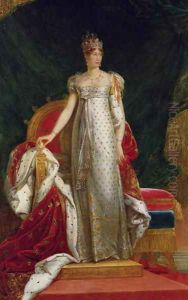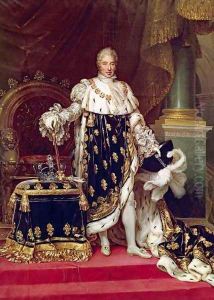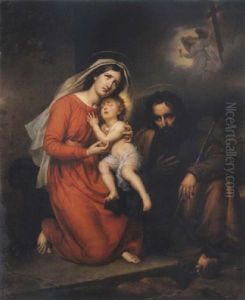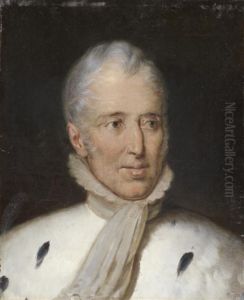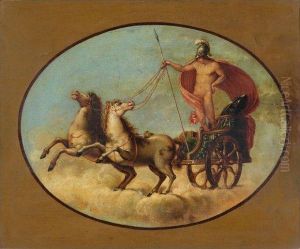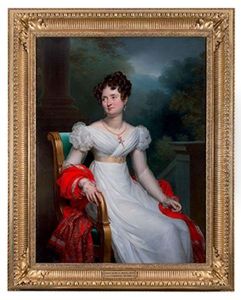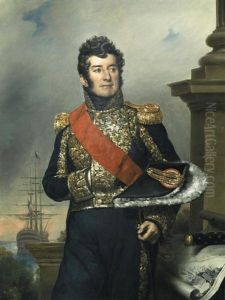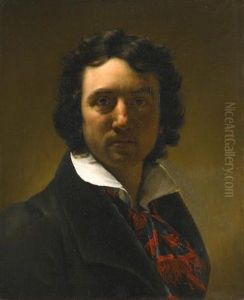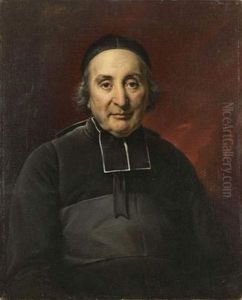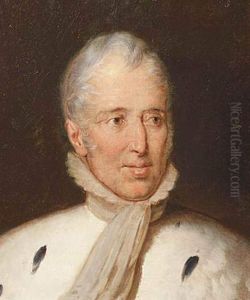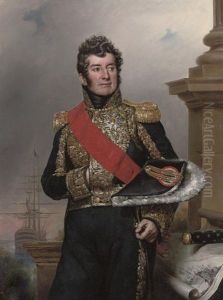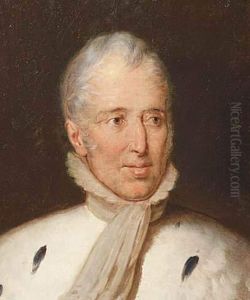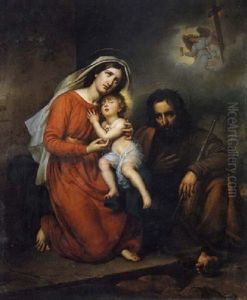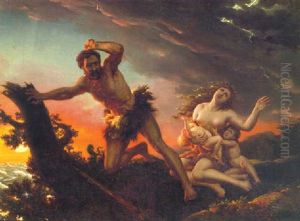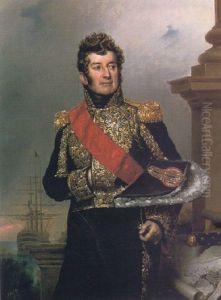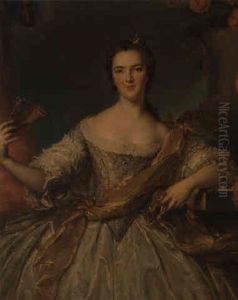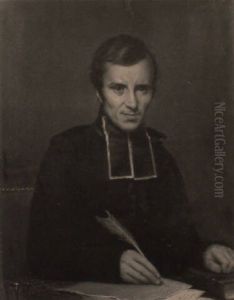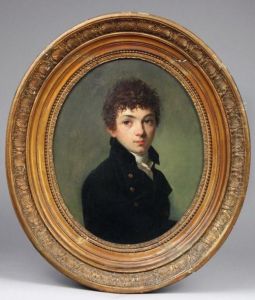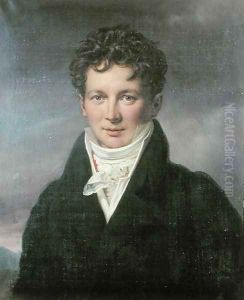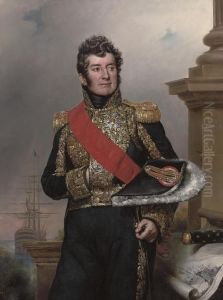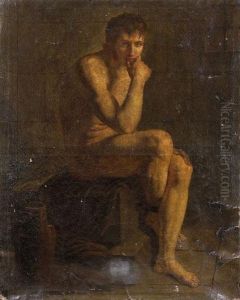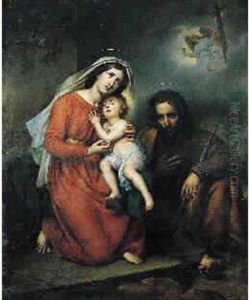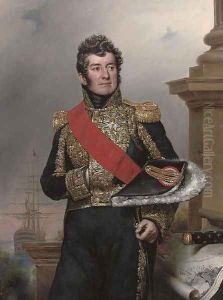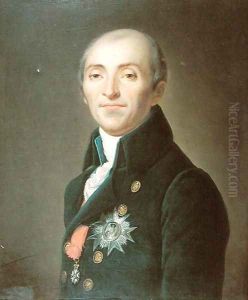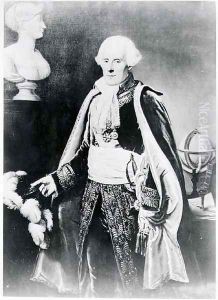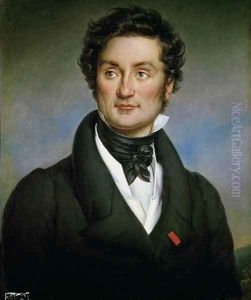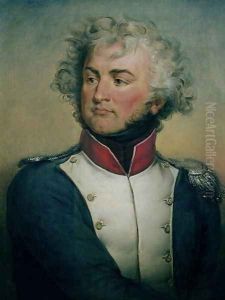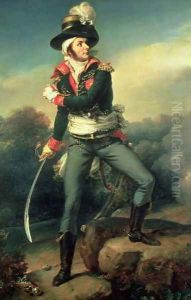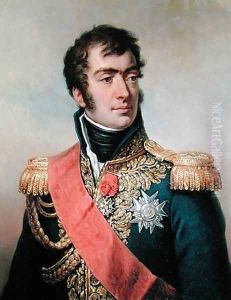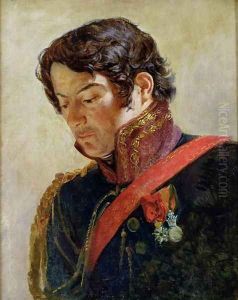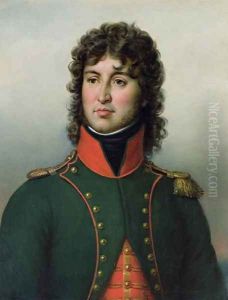Paulin Jean Baptiste Guerin Paintings
Paulin Jean Baptiste Guérin was a French painter born in 1783 in Toulon in the south of France. He showed an early affinity for the arts and was initially trained by his father, who was a painter as well. He later moved to Paris to further his studies under the tutelage of the neoclassical painter Jacques-Louis David, who was a dominant figure in French art in the late 18th and early 19th century.
Guérin’s style was heavily influenced by his mentor, David, and he became known for his historical and mythological scenes, which were typical of the neoclassical movement. His work was characterized by its clear composition, firm outlines, and a smooth finish that emphasized the idealized beauty of his subjects.
Throughout his career, Guérin received several commissions for portraits and decorative works from the French government and from various wealthy patrons. He exhibited at the Paris Salon, the official art exhibition of the Académie des Beaux-Arts in Paris, and won a second-class medal in 1810 and a first-class medal in 1812. His success at the Salon helped to establish his reputation as a leading painter of his time.
Among his notable works are 'Marcus Sextus' (1799), which depicts a Roman returning to his desolate home after exile, and 'The Return of Marcus Sextus,' which was exhibited at the Salon and received critical acclaim. He also painted religious works, such as 'The Entombment of Christ,' which is housed in the Cathedral of Notre-Dame de Paris.
Despite his success, Guérin's later career was marked by a decline in popularity as the neoclassical style gave way to Romanticism. Nevertheless, he continued to paint and participated in the Salons until the end of his life.
Paulin Jean Baptiste Guérin passed away in 1855, leaving behind a body of work that, while overshadowed by his contemporaries in subsequent years, remains an important part of the neoclassical tradition in French painting.
